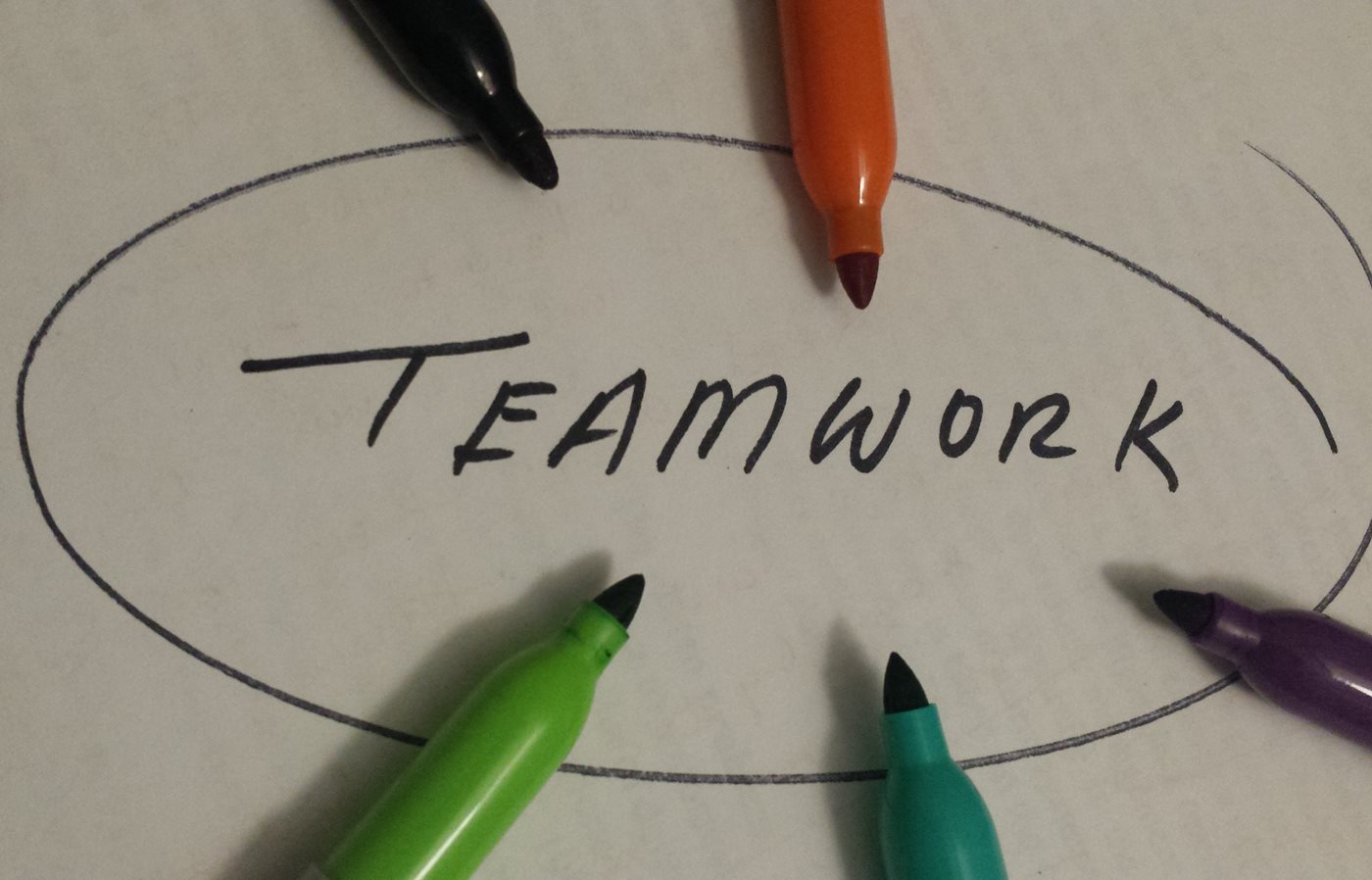April 2017

In group work, there are individual differences in communication styles, work ethics, experience working in teams, and the ability to lead teams. However, throwing international students into the mix introduces novel interactions (and pre-conceived notions) that perhaps most domestic students (students educated solely in the U.S. such as myself) find difficult to assimilate.
Having worked on two semester long projects last semester and currently working on three projects this semester which all involve international students, I've observed two recurring incidences: communication and a lack of team work experience.
While all accepted international students to the program understand English to some degree, their ability to effectively communicate varies. This poses a problem when an exchange of ideas is necessary. Either these students choose to remain silent because they feel uncomfortable communicating in English or they propose ideas that are difficult for others to grasp because of a lack of fluency. When their ideas are misunderstood or ignored, the students' discomfort increases and this negatively affects the group atmosphere.
From a domestic student's perspective, when international students communicate in their own language during team meetings domestic students may feel alienated and this may decrease their trust in international students as team members.
Furthermore, many international students lack technical writing skills that domestic students have been exercising since secondary school. Skills such as creating effective PowerPoint presentations, formatting design reports, including citations, etc; If this is the case, many times the task of writing the final draft of reports and presentations falls to the domestic students.
Like any skill, team work can be learned and the more students are forced to do group work in their early studies, the more experience they gain. Unfortunately, for many international students graduate school is the first avenue for group work. Imagine being coerced to drive a motorbike when you've never learned to ride a bicycle, such an Herculean task awaits these students.
Because they haven't worked on extensive group projects, the students are uncomfortable leading teams and take a back seat even if they understand the project requirements very well. If no leader emerges, the project stagnates. Furthermore, effective team meetings may not happen if team members don't know how to prepare for them. This may elongate meetings, wasting precious times, or result in a time-crunched project that falls short of desired results.
There are benefits to having group projects with domestic and international student interactions, however, in order to make it a positive experience for both parties, it's imperative for the university to offer some guidance.
Professors are most likely aware of common conflicts that arise and should make it a point to address these issues with possible solutions to the class at the start of projects. While TAMU does have on-campus resources like the Writing Center and various career-skill workshops, many students fail to take advantage of them.
Mandatory requirements for technical writing, how to create effective presentations, and public speaking might mitigate gaps and allow international students to tackle group projects the way many domestic students have been taught to, leveling the playing field when it comes to group work and minutely decreasing group-work associated stress.
Teja Gambhir | Industrial Engineering
Teja Gambhir is a first year Master of Engineering student in the department of Industrial and Systems Engineering (IISE).
1 Data and Research Services (2015). Enrollment Profile Fall 2015. Texas A&M University.